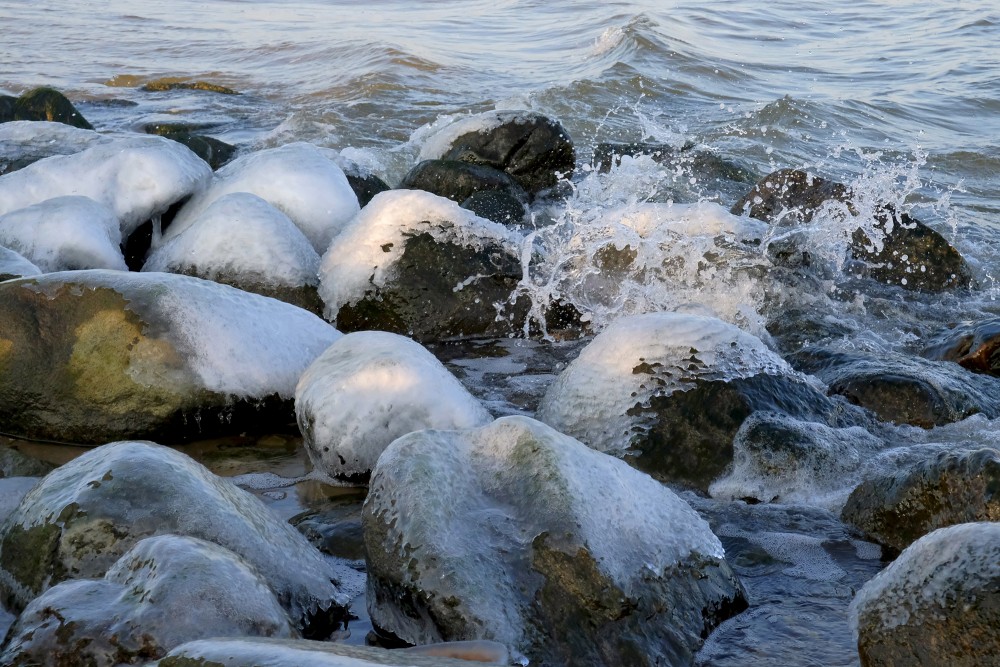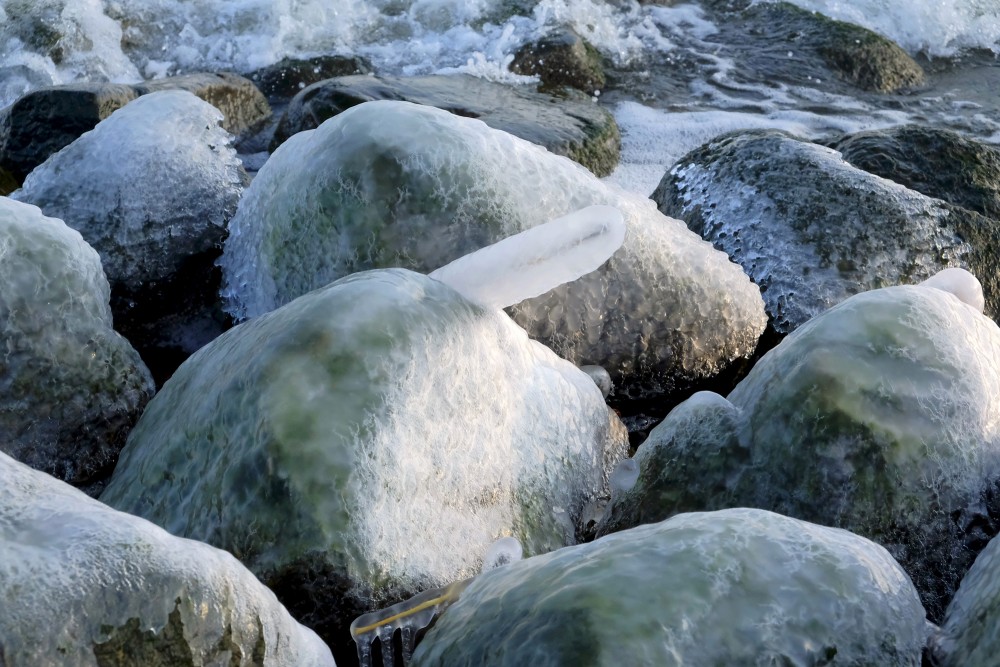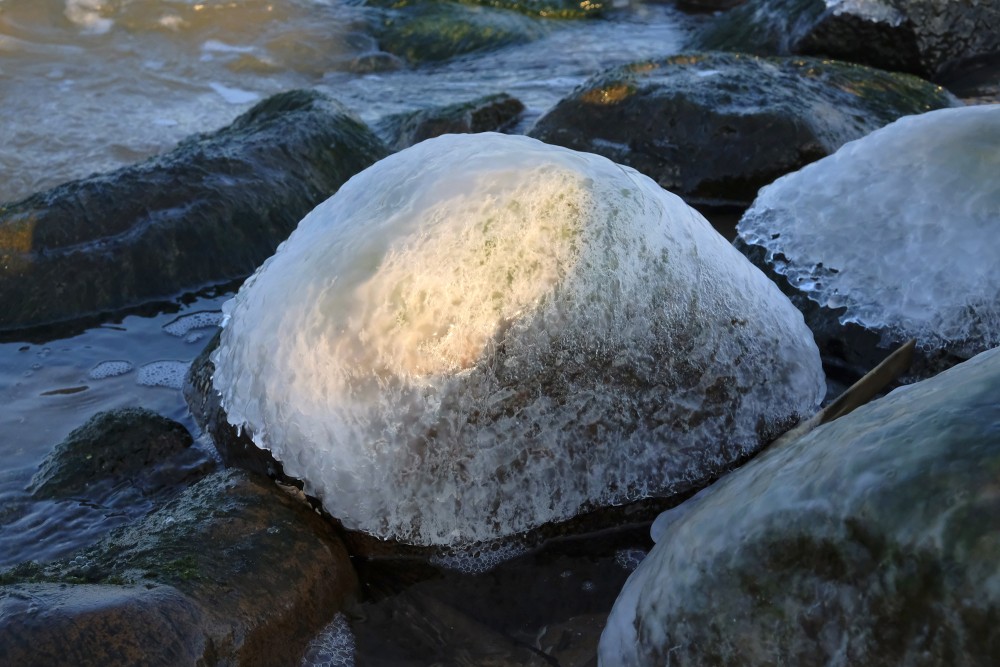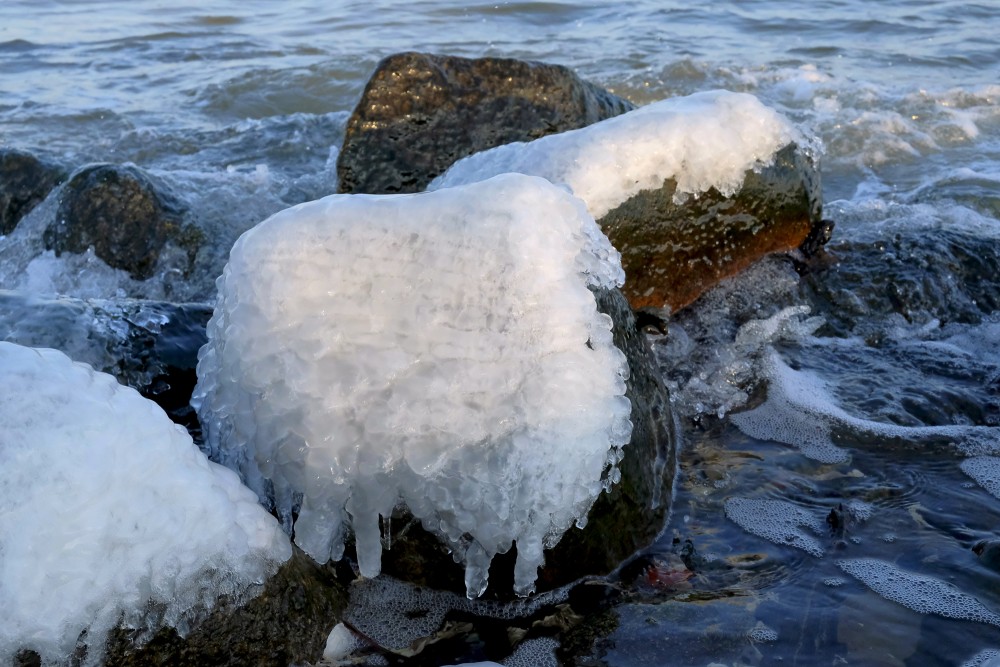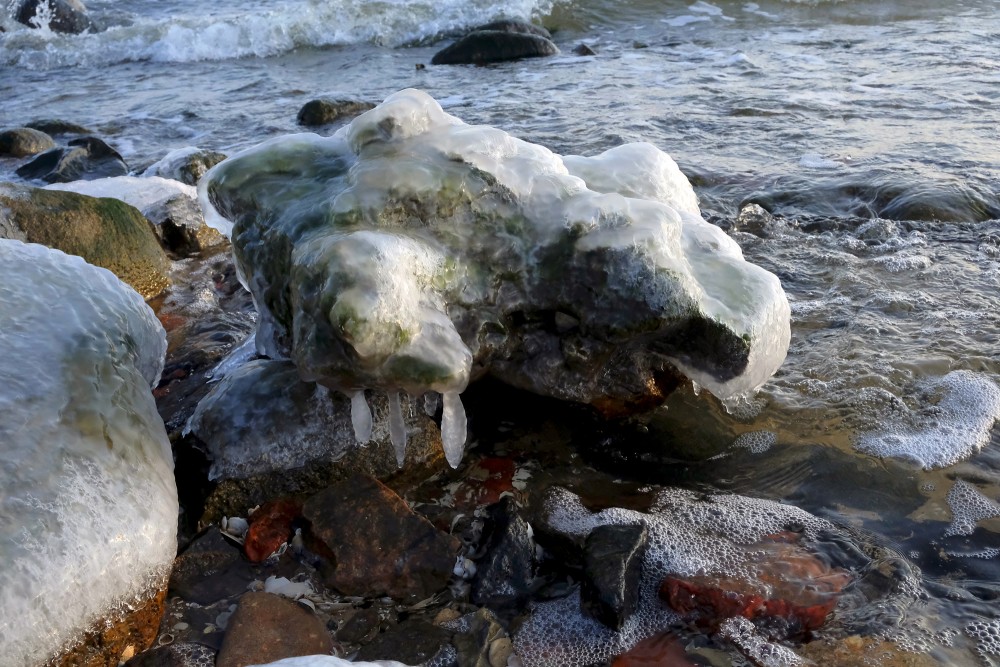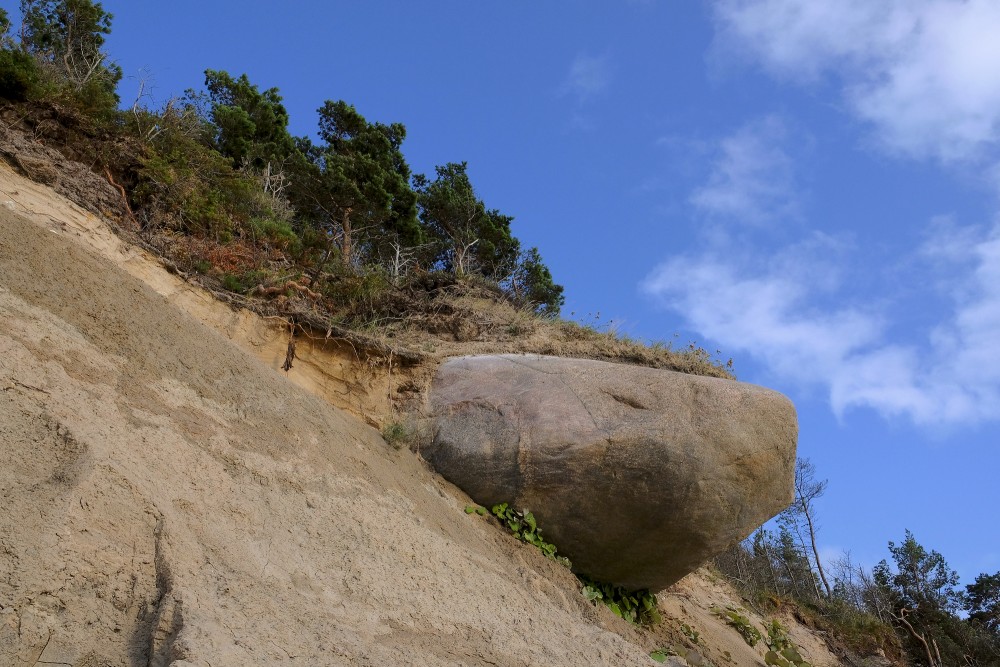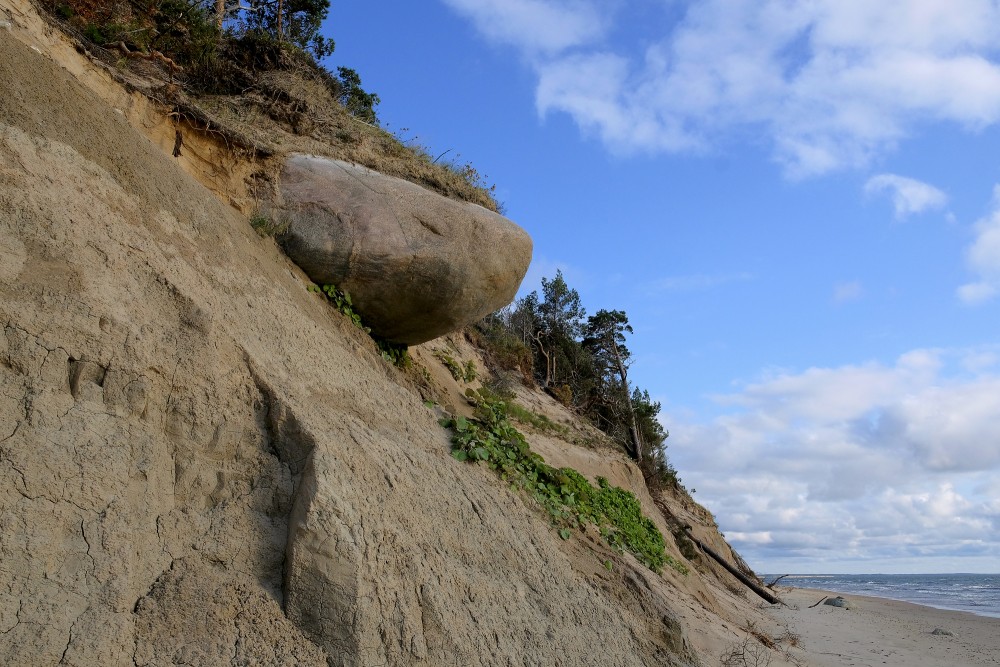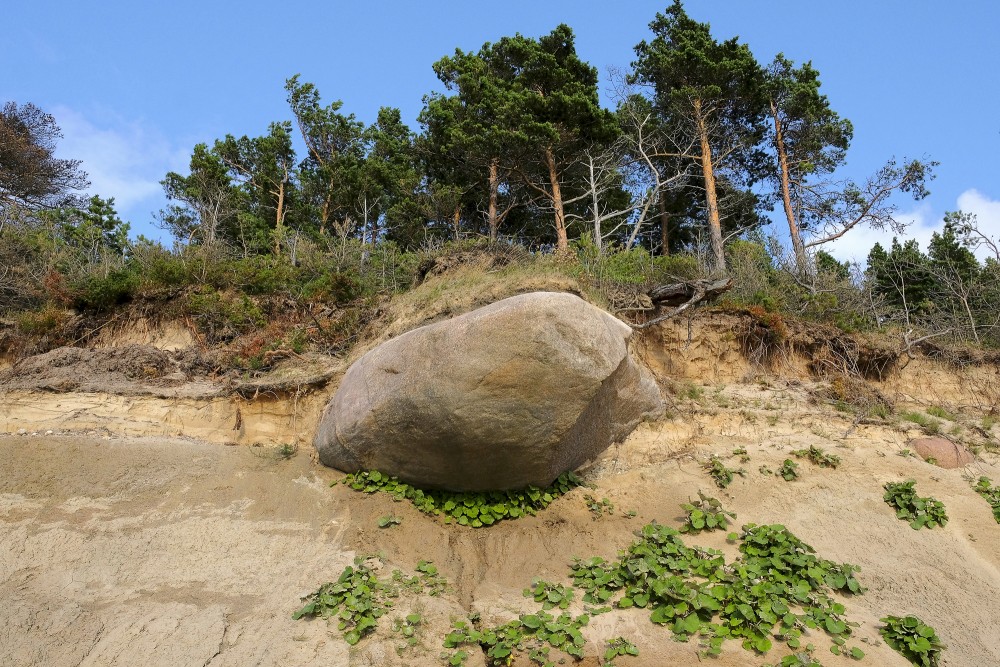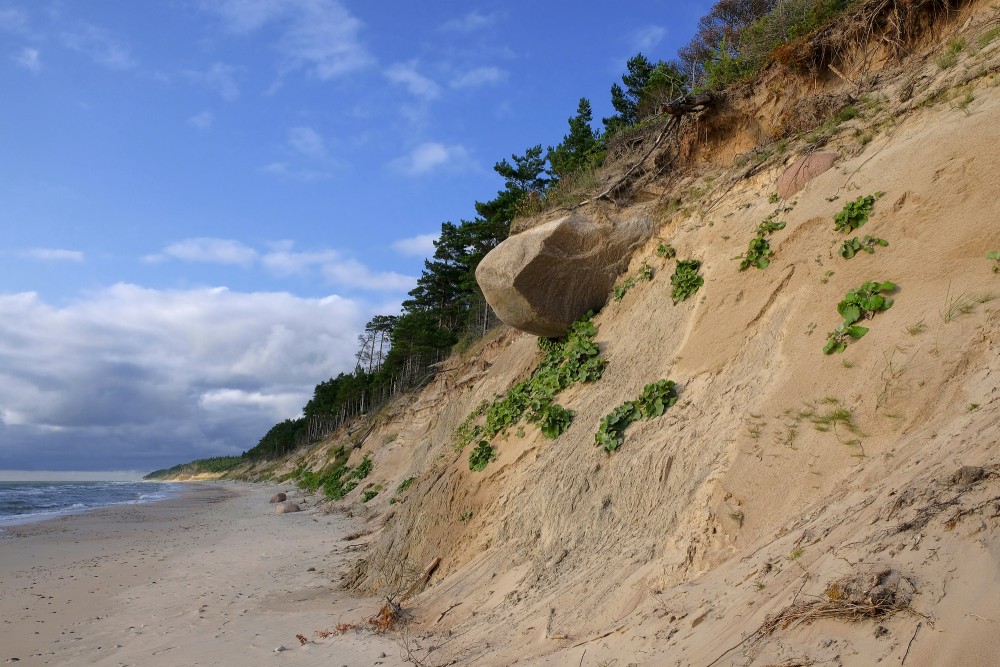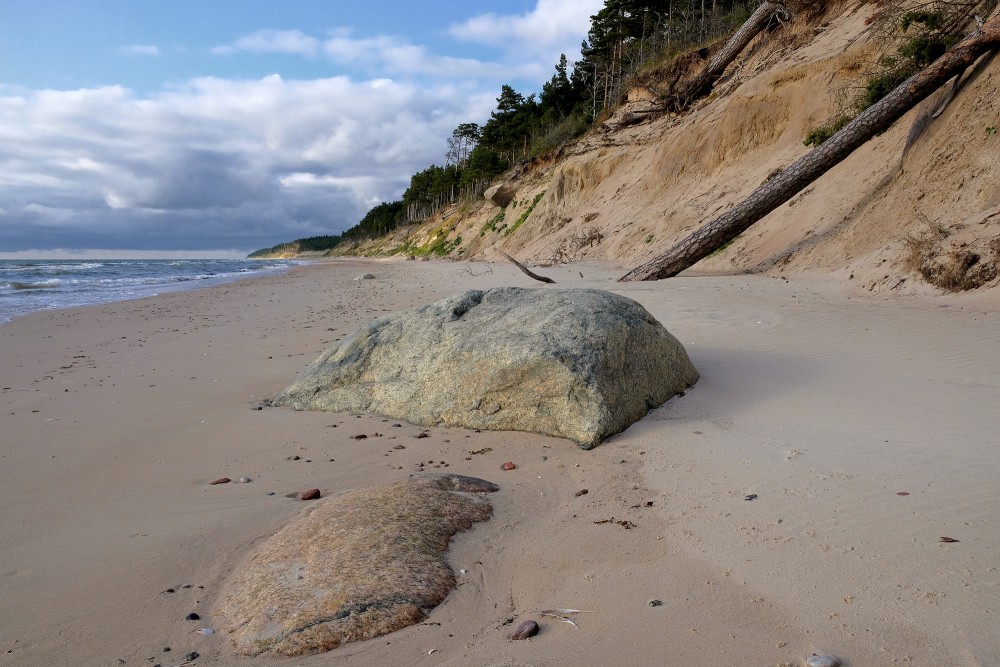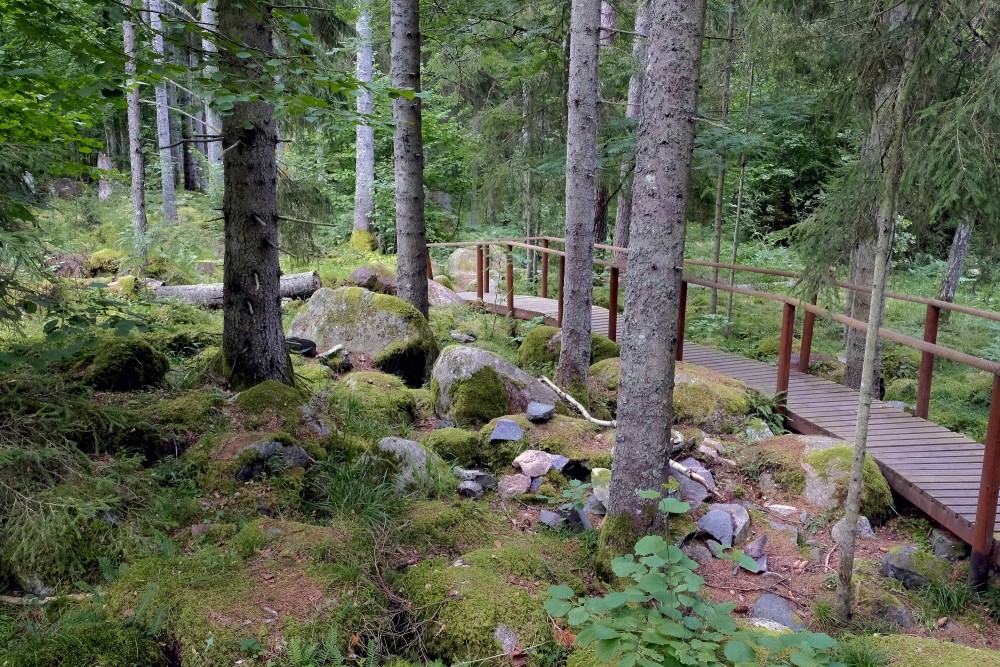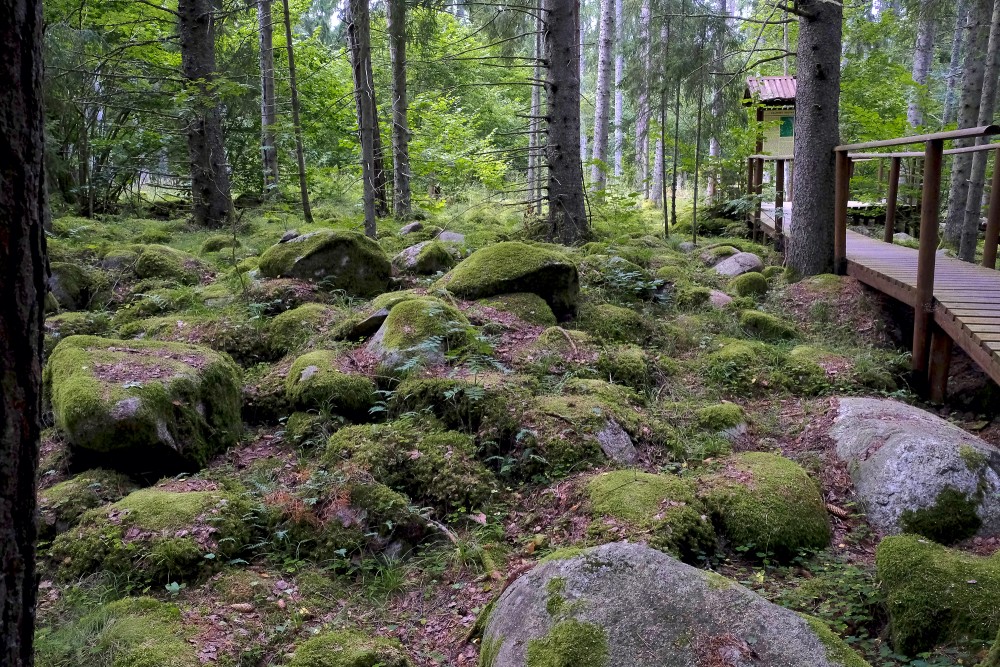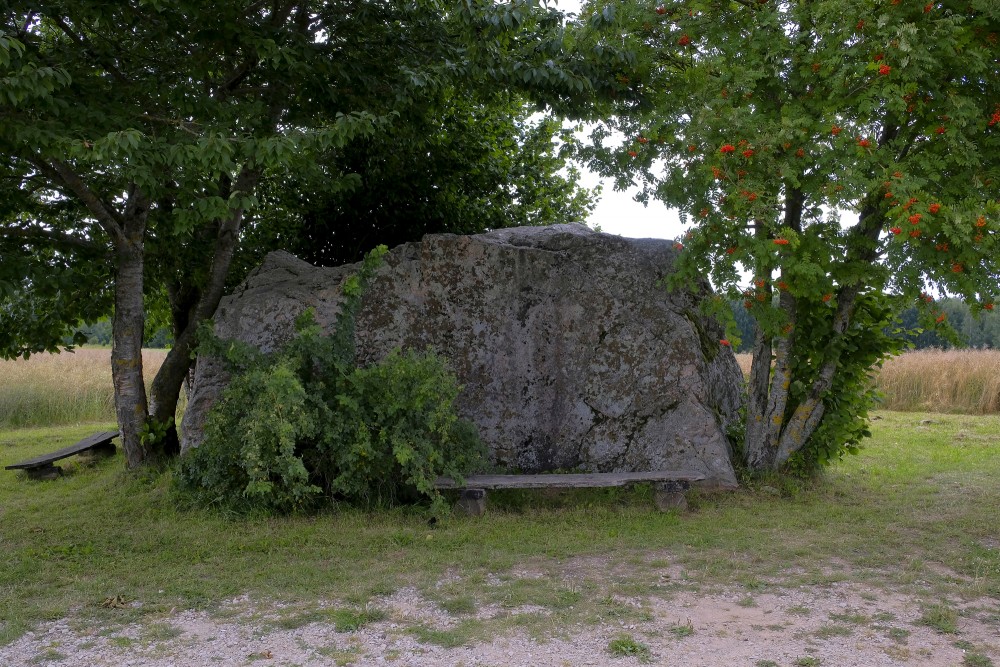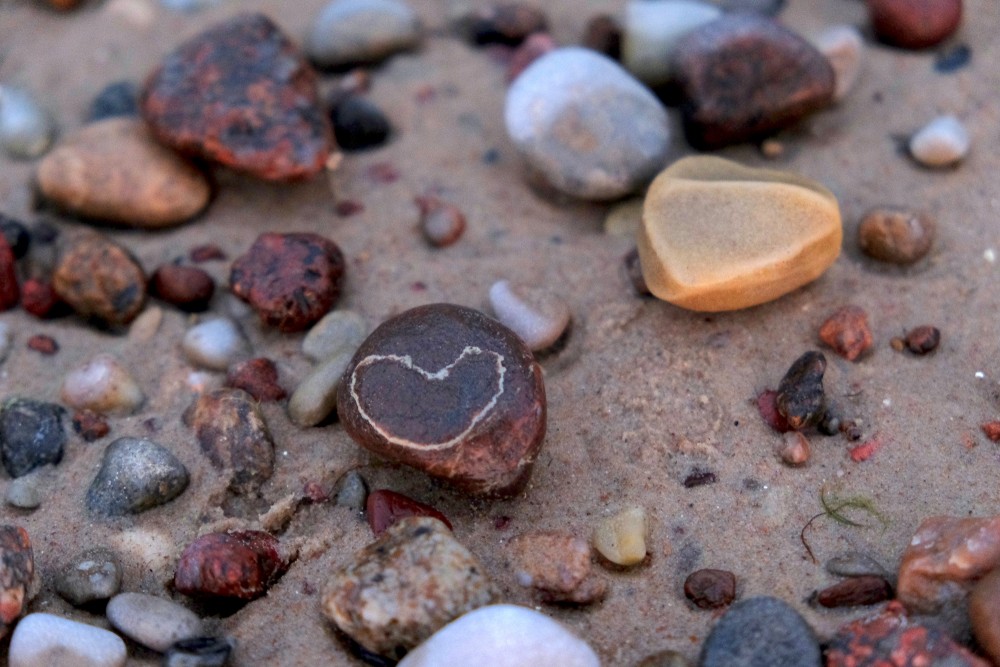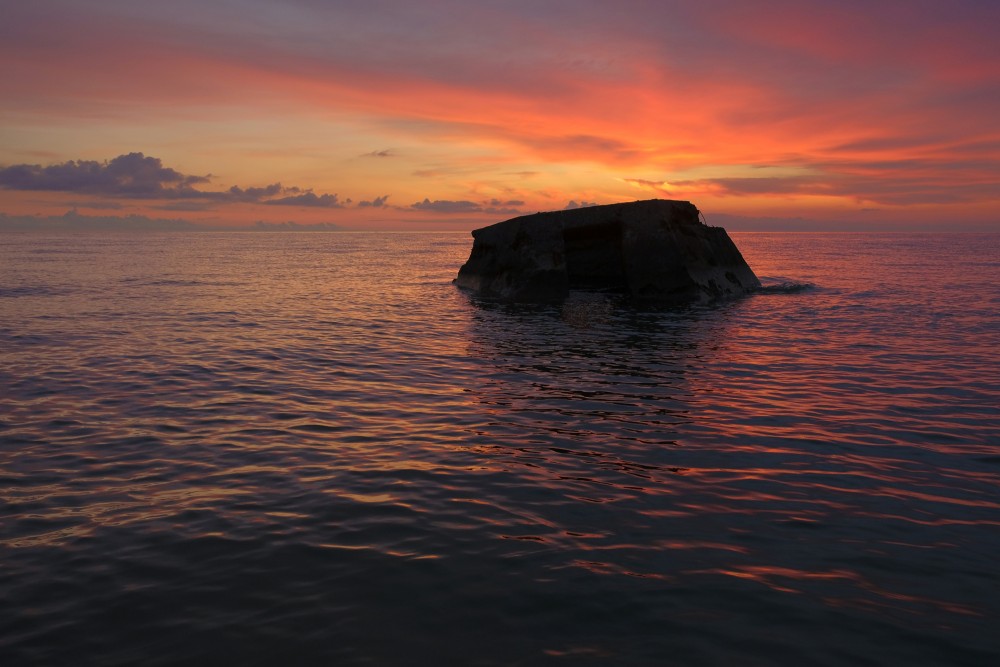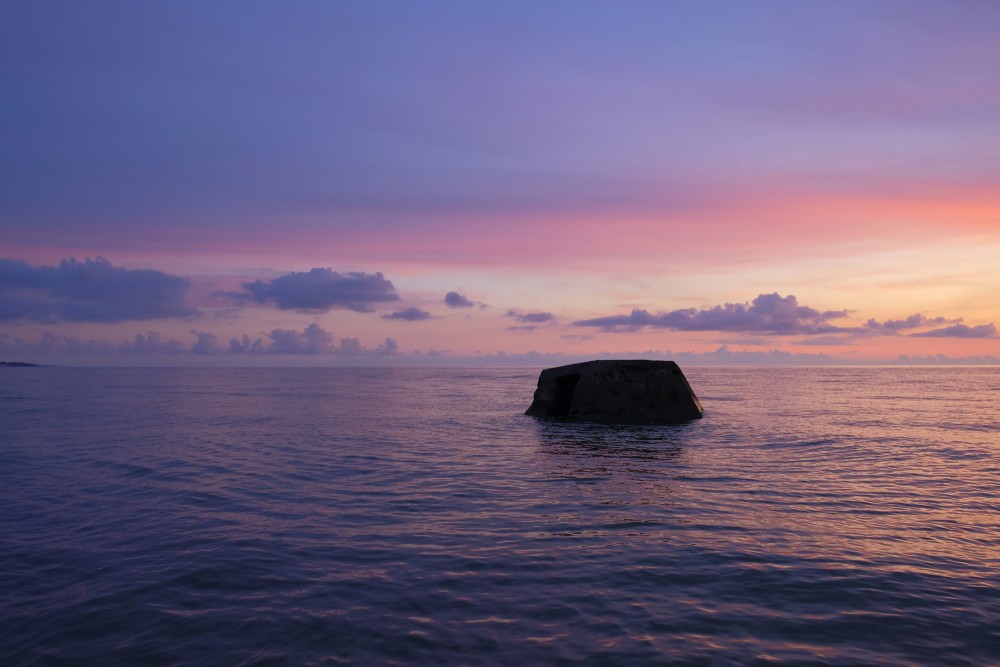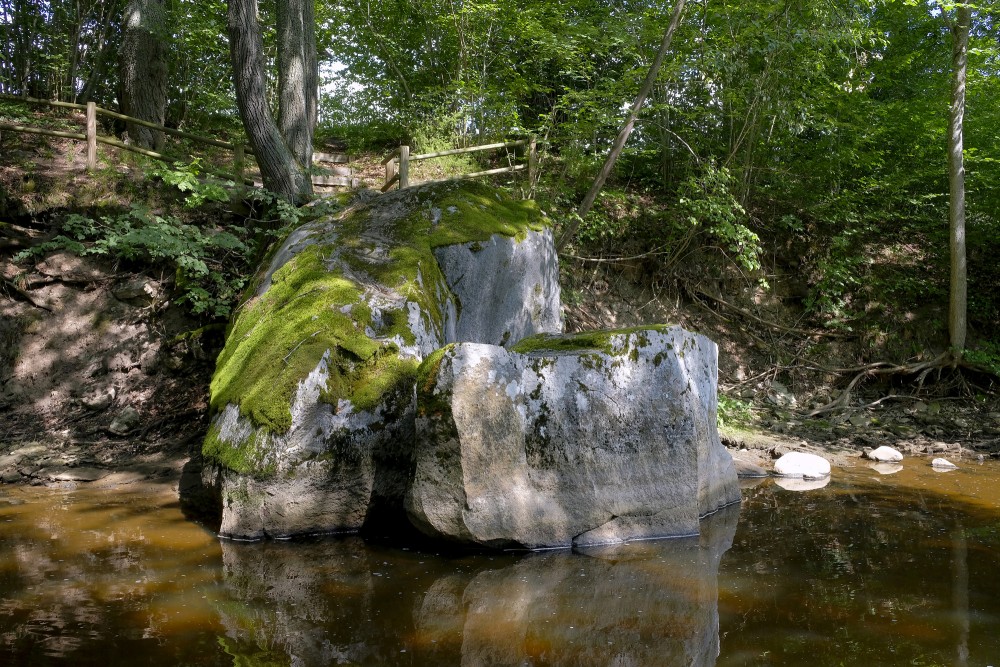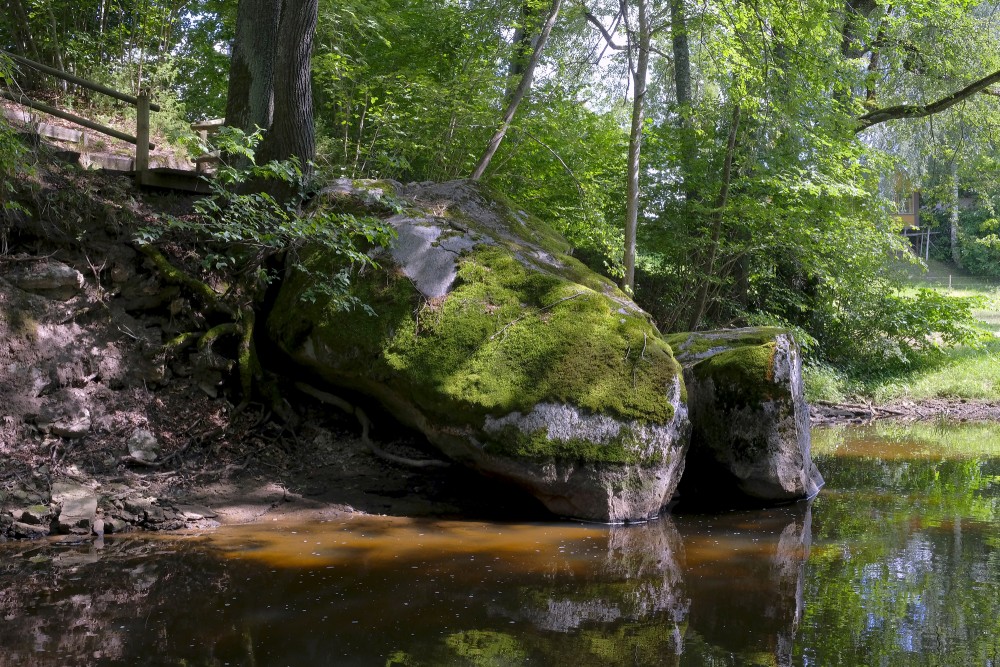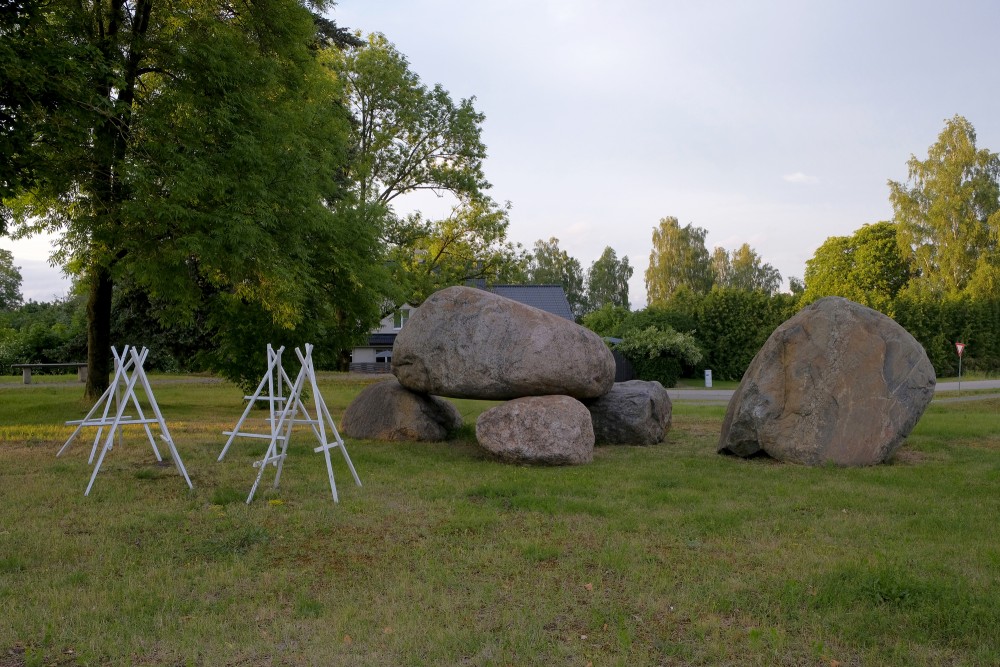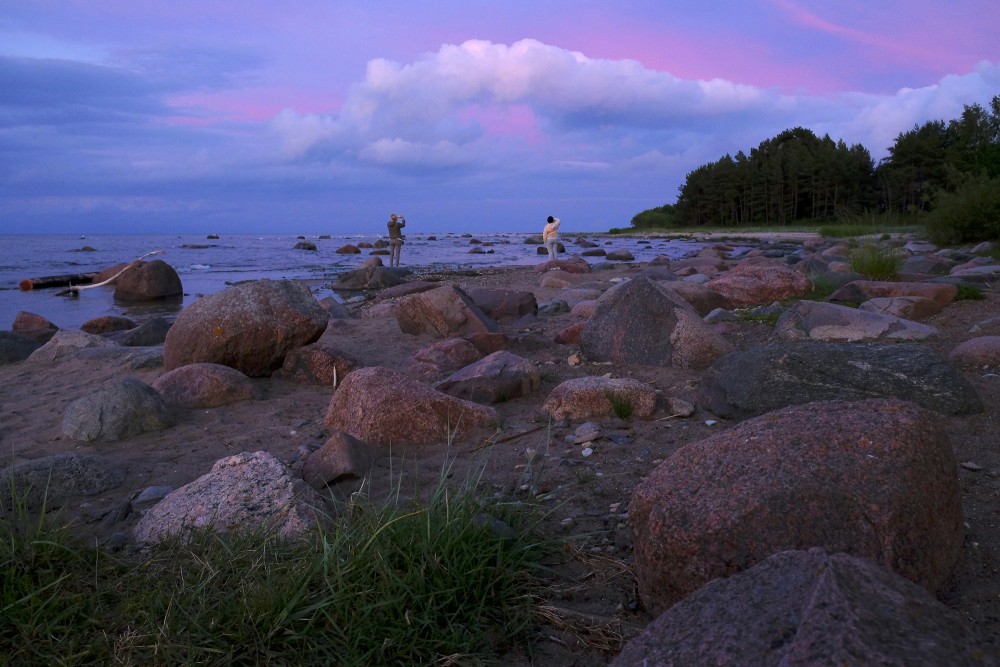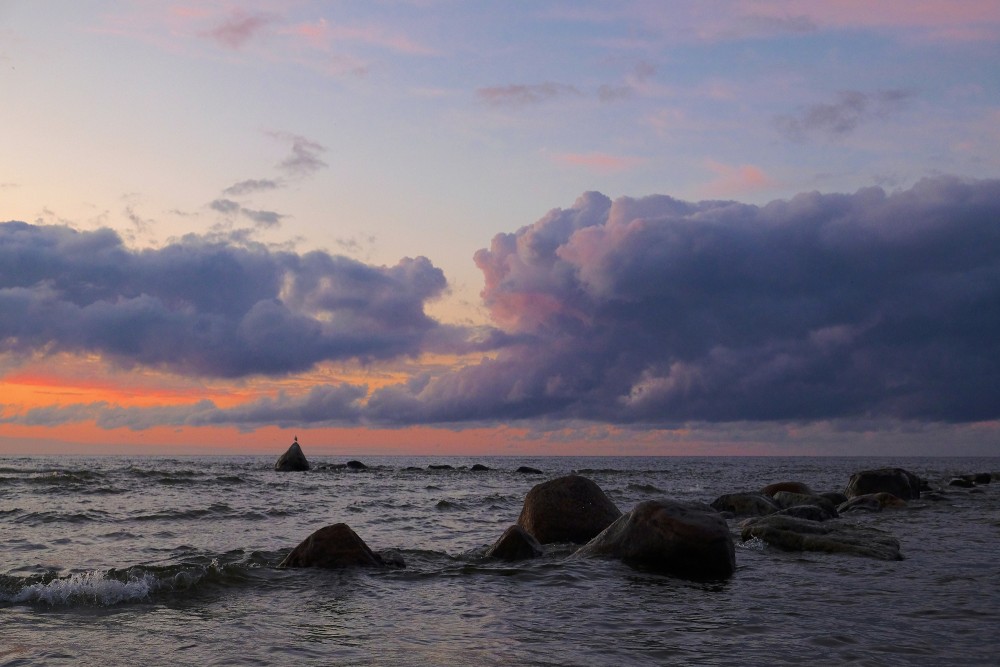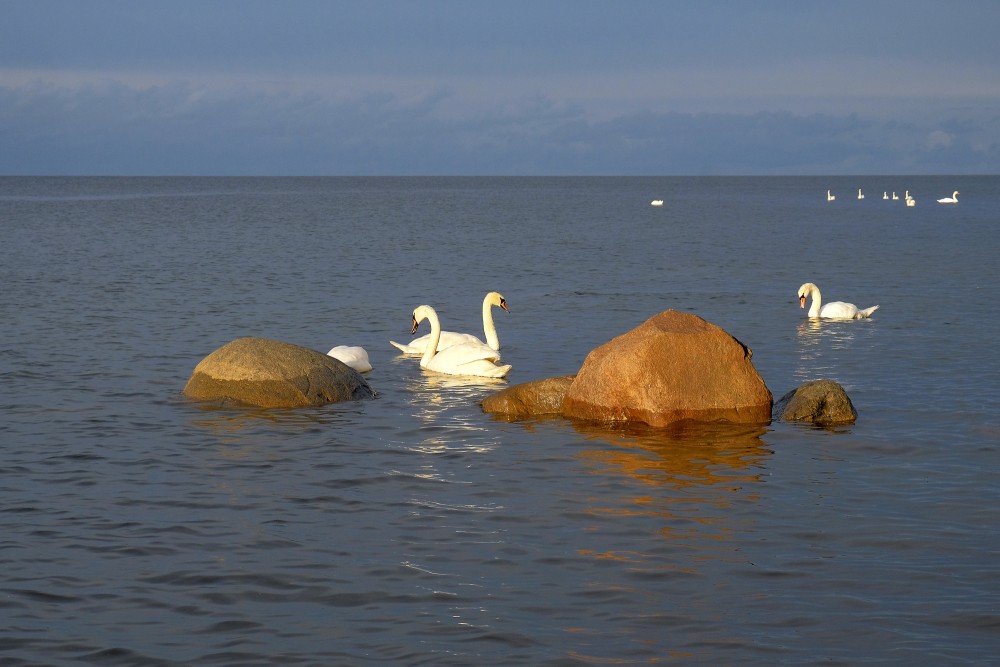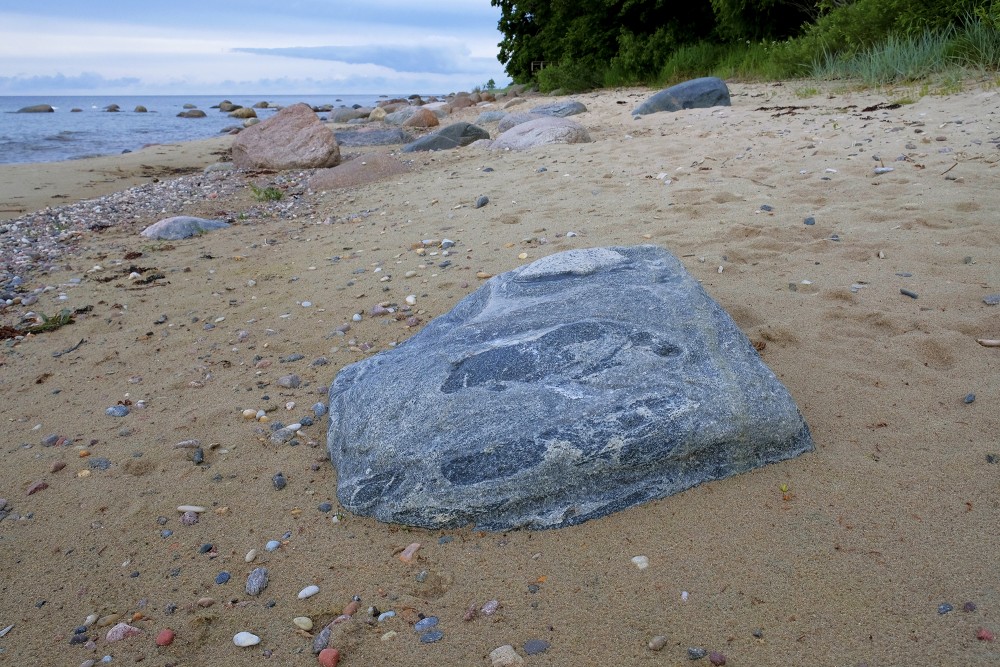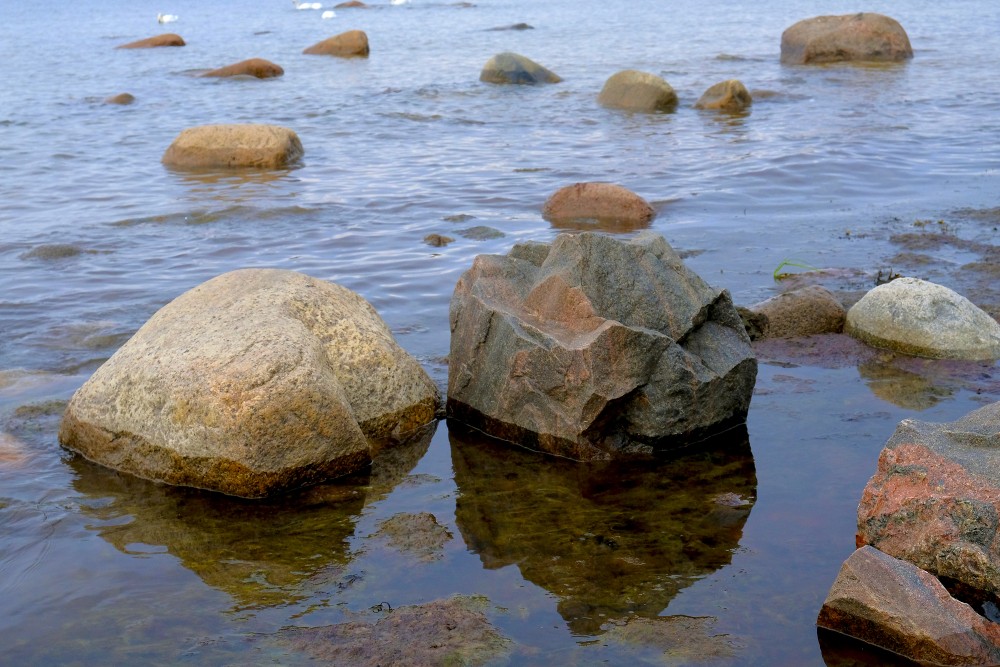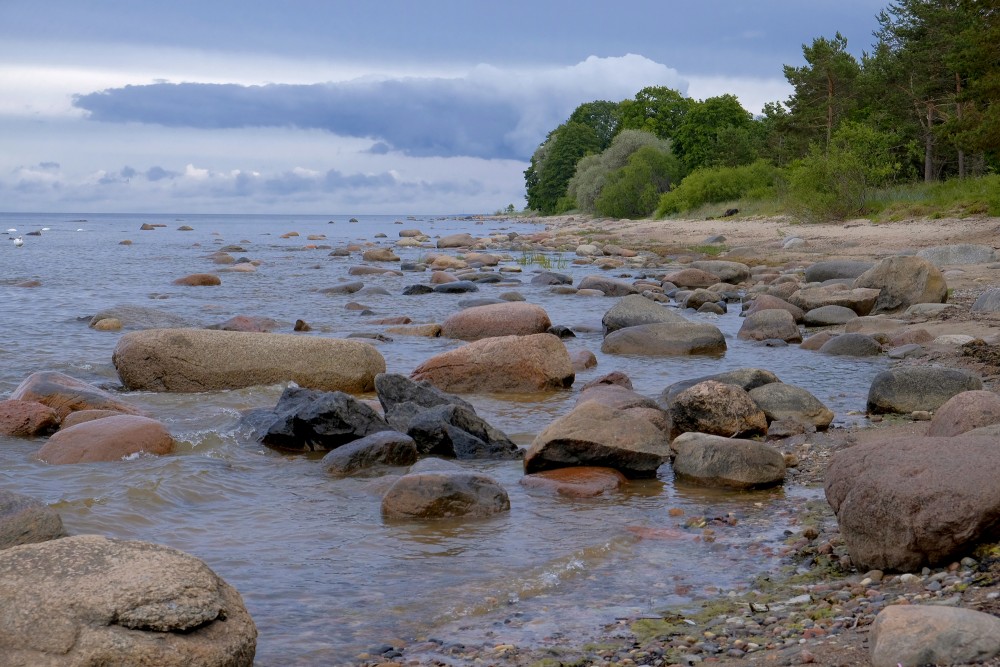Stone
For centuries, stone has been used by nearly all civilizations. Each corner of the world and each layer of earth yields a multitude of stone varieties, and a uniqueness within each stone, giving you a vast palette of possible applications wherewith to create your masterpiece.
Granite
The only natural stones harder than granite are diamonds, rubies, and sapphires. Therefore, choose granite when permanence, enduring color and texture, and complete freedom from deterioration and maintenance are prime requirements. Granite is highly heat, scratch and stain resistant, and is commonly used to face commercial and institutional buildings and monuments. It is unequaled as a material for fireplaces, steps, road and driveway curbing, terraces, and to pave plazas and public spaces. Granite is the traditional favorite of countertop materials for its unique colors and patterns, proven durability and lasting value.
Limestone
This grainstone has a very uniform texture and grade, and has gained worldwide acceptance as a premier dimension stone. Limestone weathers naturally over time and its color mellows and blends into a pleasing natural patina. With no artificial coloring agents to fade and no reinforcement rods to rust, the appearance of limestone actually improves with age.
Marble
Most people are familiar with marble. From Greek statues to Roman baths, it has been used for centuries in just about every possible interior and exterior application. Marble is relatively hard, but not as hard as granite. Marble basically classifies into four groups which include: Groups A, B, C, and D. These merely indicate fabrication ability, which is based on the material’s level of hardness. It is very popular for fireplaces, bar-tops, and bathrooms, and comes in a wide range of colors.
Sandstone
Composed mainly of sand-size mineral or rock grains, most sandstone is composed of quartz and feldspar – two of the most common minerals in the earth’s crust. Like sand, it can be any color, but most commonly comes in tan, brown, yellow, red, gray and white.
Slate
Slate is a metamorphic rock that is dense, strong, acid resistant and non-absorptive. It is impervious to freeze/thaw cycles and has been used in construction for thousands of years. It is the material of choice for discerning architects, designers, contractors and builders.
Travertine
Travertine is a sedimentary rock that is formed in hot springs and is sometimes referred to as travertine marble or travertine limestone. Travertine is similar to limestone in mineral composition (Calcium Carbonate), but is uniquely characterized by natural cavities in its surface and the various patterns available. Travertine can be cut in a “vein cut” to expose the linear patterns of the natural bedding planes. It can also be cut in a “fleuri cut” or “cross cut,” which exposes a more random and subtle flowery pattern. The small cavities that are inherent in all travertine are typically filled with grout to create a more durable surface. For some applications an unfilled travertine will create an interesting and unusual surface finish.
Other Natural Stones
While granite, limestone, marble, sandstone, slate and travertine represent most building stones, there are countless other options available, such as agglomerate, cantera, flagstone, onyx, porphyry, quartzite, semi-precious stones, shellstone, soapstone and sodalite.
naturalstonecouncil.org




